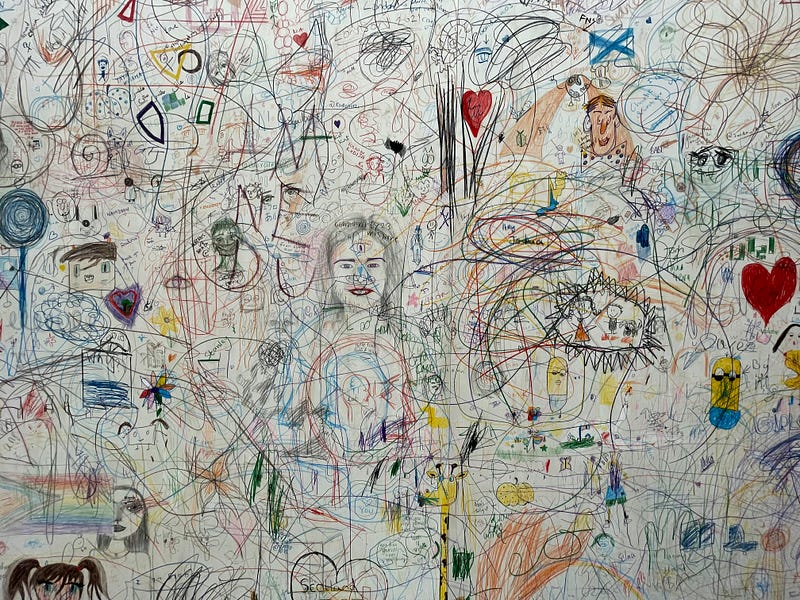Exploring the Intricate Dance of Perception and Brain Function
Written on
Chapter 1: The Essence of Perception
Our understanding of the world is fundamentally rooted in perception. The way we forge connections, interpret our surroundings, and engage with daily experiences is largely a matter of how we perceive them. One aspect that continuously intrigues me is the profound link between external perceptions and internal cognitive processing.
The nature of reality involves a complex interplay between sensory input and brain interpretation, often blurring the lines between genuine experiences and those conjured by our imagination. This complexity becomes particularly evident when we examine phenomena such as hallucinations.
As I delve deeper into the topic of hallucinations—examining their origins, occurrences, and definitions—it's clear that they transcend mere imagination. Hallucinations engage the same neural pathways associated with real-world perceptions (Ffytche et al., 1998).
Consider visual hallucinations, for instance. They activate the visual cortex to levels comparable to actual visual stimuli. This mechanism highlights the intricate relationship between our sensory systems and brain functions.
Imagine a scenario where someone with visual impairments, like blindness, suddenly experiences a vivid, colorful world that doesn't exist in reality. Despite the external absence of visual stimuli, the brain processes these illusions as if they were genuine images. This phenomenon illustrates how the brain compensates when faced with a lack of sensory input, crafting rich, detailed narratives from its own resources.
Hallucinations arise from various causes, including sensory deprivation and the influence of drugs (Collerton et al., 2005). Substances like LSD and psilocybin, which affect serotonin receptors, can induce multisensory hallucinations (Nichols, 2016). This cross-sensory interaction underscores the interconnected nature of our perceptual systems and the brain's role in synthesizing diverse sensory information.
Moreover, hallucinations offer a window into our subjective experience (Aleman & Larøi, 2008). Our brains actively construct reality from incomplete data, filling in gaps based on previous knowledge and expectations. This process is so seamless that we often overlook it in our everyday lives.
When confronted with insufficient real-world information, our brains instinctively create inputs to help us form a coherent perception of events (Frith & Frith, 2012). While these perceptions may be distorted, they represent our cognitive response to our surroundings. If brain activity related to hallucinations is disrupted, as seen in certain mental health conditions, this can lead to more complex manifestations of our internal realities.
Understanding this interplay not only sheds light on brain functioning but also raises philosophical inquiries about reality and consciousness. If our minds can generate vivid experiences without external stimuli, it prompts us to consider how much of our daily perception is constructed rather than an accurate reflection of the world around us.
Thus, the study of hallucinations and their association with neural activity opens the door to the intricate complexities of human perception. It challenges our understanding of reality and highlights the remarkable capabilities of the human mind.
The future of neuroscience holds the promise of deepening our understanding of consciousness and the human experience, revealing that our perception is far more subjective and unique than previously imagined.
The next time you face challenges related to mental health or personal conflicts, keep in mind that your brain is an adept fabricator, potentially influencing your outlook and creating negative thought patterns. Recognizing this can significantly assist in navigating difficult times, reminding you that you may be experiencing a distorted version of reality rather than the vibrant, true world that exists beyond.
Chapter 2: Unpacking Hallucinations
In this official music video for "Hallucinations" by PVRIS, the visual and auditory elements combine to create a vivid representation of the themes discussed.
DVSN's "Hallucinations" music video presents a unique perspective on the interplay of perception and reality, resonating with the complexities of the human experience.
